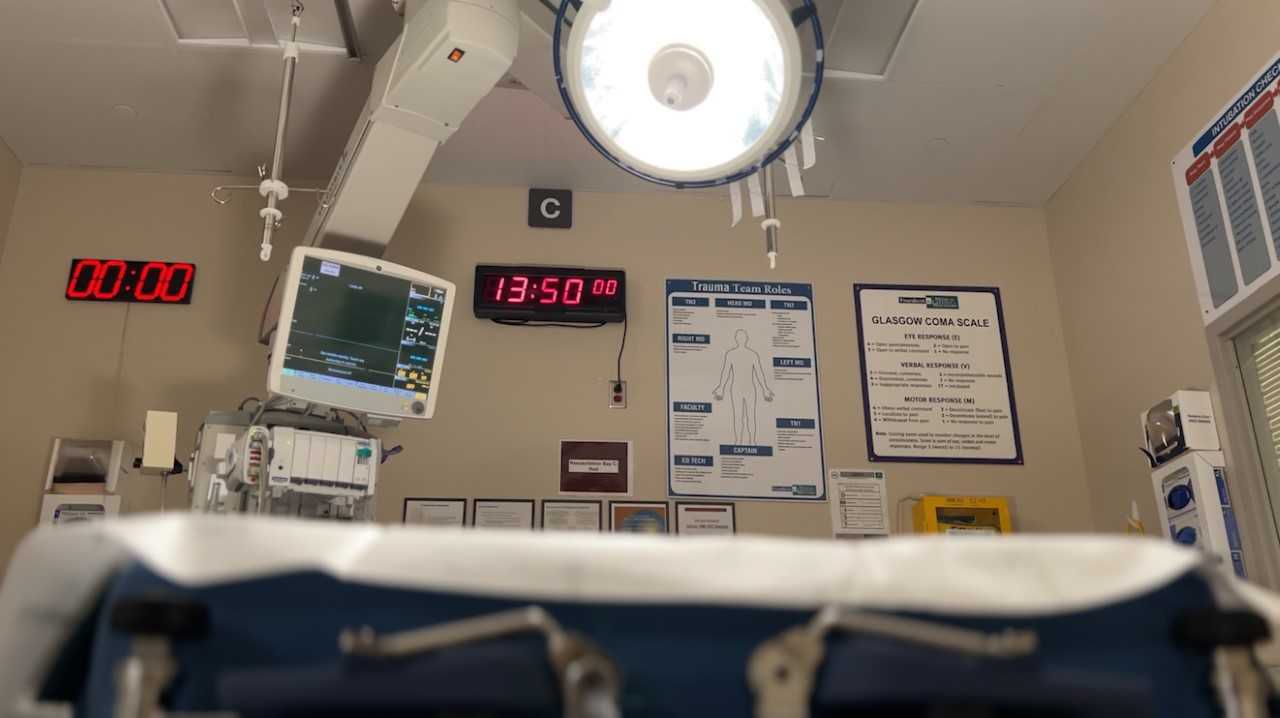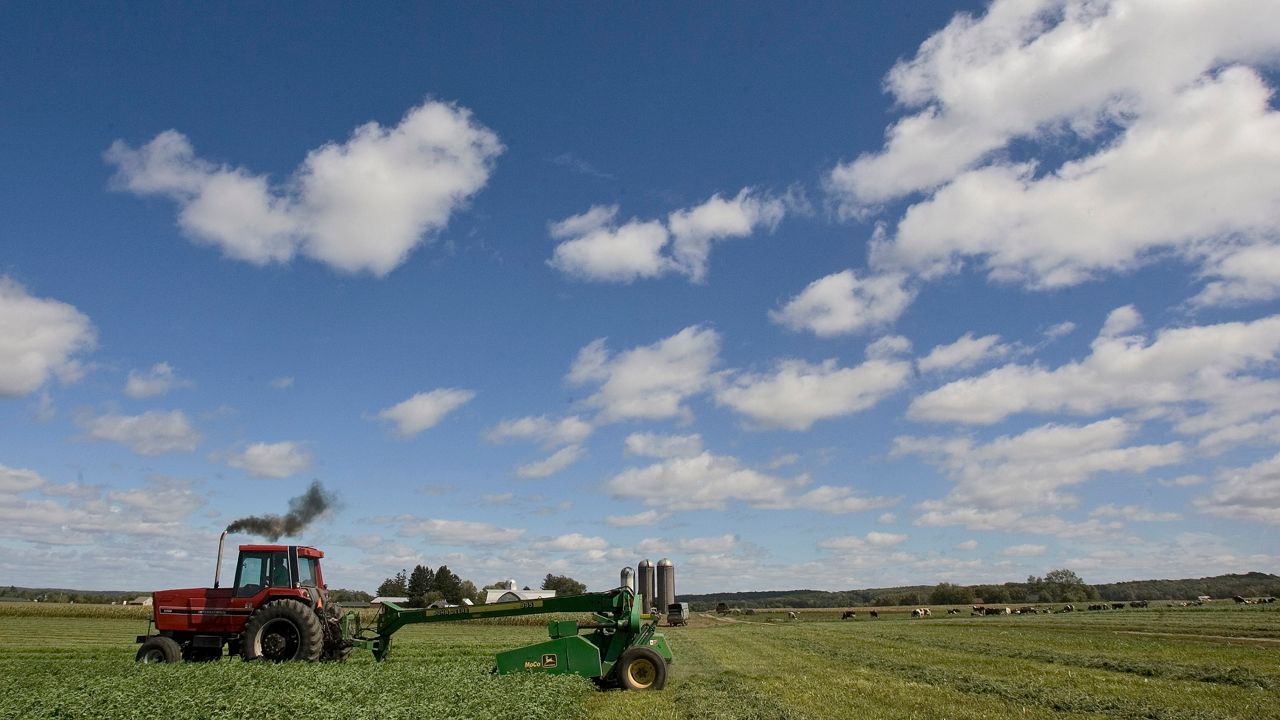FRIENDSHIP, Wis. — One central Wisconsin school district could be forced to dissolve if a referendum fails on April 4.
Across Wisconsin, 81 school districts have a referendum on the ballot on election day. Some are asking for renovation funding, while others have the future of their district hanging in the balance.
Classrooms in the Adams-Friendship School District look just like any other. However, they could be empty within two years.
“It’s very frightening to be in this position right now,” said Tom Wermuth, administrator of the Adams-Friendship School District.
There are two types of school referenda: capital and operational. Capital referenda pay for things like renovations. Operational referenda pay for everyday costs, without adding new programs, staff, materials or facilities.
The Adams-Friendship School District has a $12 million operational referendum on the ballot April 4. They just need enough money to keep going.
“It’ll be financially devastating for the school district [without the referendum]. We’d be looking at approximately $8 million worth of cuts out of less than $20 million dollar budget over the next three years,” said Wermuth. “With those kinds of cuts, it’s unlikely that we’d be a viable educational institution.”
But how did they get into this situation? Wermuth has one big answer: the state’s school funding formula. It hasn’t changed in 30 years, not even to keep up with inflation.
“In this 12 months alone, 143 school districts have had to go to operational referendum. That’s almost a third of the school districts in the state,” he said. “If a third of the school districts in the state in a given year have to go to operational referendum, it points to something not working systemically at the state level.”
Being a rural district puts Adams-Friendship at a disadvantage for state funding.
“We’re a low revenue school district, and there’s approximately 125 school districts like us that generate revenue at the rate of about $10,000 per child. There are other school districts in the state of Wisconsin that generate revenue at over $20,000 per child,” Wermuth said. “My wish would be that our elected officials would raise the revenue limits for those school districts that are at the bottom.”
Wermuth said he doesn’t want to see legislators swoop in and “play Robin Hood” to save the district. He wants to see concrete change for Wisconsin schools going forward, so they wouldn’t have to be in this position.
Michelle Johnson is an assistant superintendent at Adams-Friendship. She’s worked in the district for 23 years, starting as a teacher.
“It’s heartbreaking,” Johnson said. “I never got into [teaching] thinking I was going to be discussing referenda, and how are we going to fund schools. I got into it because I wanted to see kids do well, and help them discover their passion and their talent.”
There’s a big problem, though: the district had a similar referendum on the ballot in November, and it narrowly failed.
“People thought it would pass in the fall, and were somewhat shocked when the vote was relatively close,” Wermuth said. “Out of 5,000 votes, approximately 4,000 votes, we were 228 votes short.”
Wermuth said this time around feels different.
“There’s a little bit more momentum in the community from people that are supporting the referendum,” he said. “I’m hopeful, cautiously optimistic at this point.”
If it doesn’t pass this time, they’ll start to dissolve the district. Wermuth has actually already started that process by asking for help from the Department of Public Instruction so they can facilitate.
Those 1,300 students in the Adams-Friendship School District would have to go somewhere else. That’s a huge challenge because it’s a rural area that covers a big swath of land.
“We’re a very large geographic school district. We’re one of the 12 largest school districts geographically in the state. Almost 500 square miles,” said Wermuth. “The nearest school district is 25 miles away [from Adams]. That really presents a problem for open enrollment for our kids. They’d have a really difficult time in most cases getting to another school district.”
School systems have a much larger impact than just on children and their parents. Johnson said she’s worried the current community will start to fall apart without schools.
“I’m fearful a lot of people who currently live here and currently give to this community leaving… [if] we can’t offer a competitive education, you’re going to want to go somewhere else,” Johnson said.
Beyond that, they said they’re concerned that businesses will leave, and Adams County’s already small population will continue to shrink.
“You’re looking for opportunities for your kids, and without a viable school, a school that can offer what other schools do, it’s unlikely that anybody would be moving in here,” said Johnson.
“It won’t just be the school district that suffers, it will be the entire community,” Wermuth said. “It will be really difficult from an economic development perspective to try to attract new businesses and new families to the area.”
Wermuth said with the involvement of high school students, he’s hopeful the referendum will pass on election day. Without it, the whole community faces a grim future.










